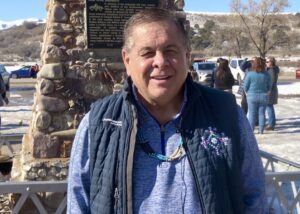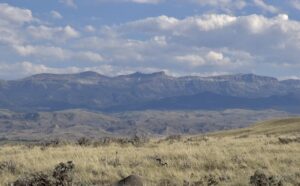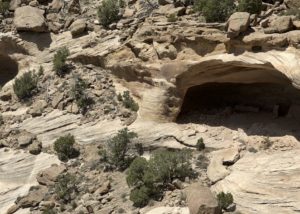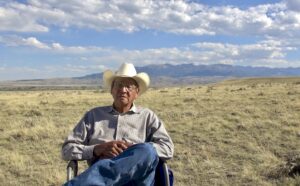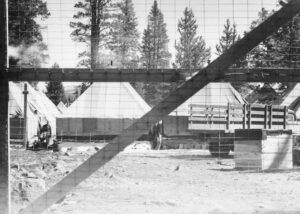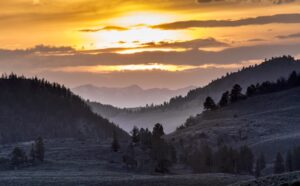Battle of Bear River
The 1863 Battle of Bear River on January 29 was the result of a significant period of conflict. About ten villages of Northern Shoshone, led by Chief Lone Bear, were clashing with Whites moving into and through the Cache River Valley and Box Elder County area of present-day Utah – then called Washington Territory. Skirmishes – in particular raids on farms, ranches, and mail stations – had arisen largely due to food shortages brought about by the pressures of settlers, especially those associated with the Mormon Church, and immigrants on the California and Oregon Trails. With settlers developing permanent communities on what had been traditional tribal lands, these disputes led to starvation and desperate conditions for many of the region’s Indigenous inhabitants. With the US Army using long-range rifles and a howitzer, as well as pistols, the Bear River battle resulted in the death of an estimated 400 Shoshone – mostly women, children, and the elderly. By one account the number was as high as 494. It was the largest massacre of Native Americans in US history.
On July 30 of the following summer, the surviving Northwestern Shoshone signed the Box Elder Treaty resulting in the establishment of a reservation for the Shoshone in Fort Hall, Idaho – now the Shoshone-Bannock Reservation. That same year another treaty was signed with the Eastern Shoshone. This established a second reservation in the Wind River Basin of Central Wyoming – now home to both the Eastern Shoshone and Northern Arapaho. Fourteen years later, the Duck Valley Reservation was established for the Shoshone-Paiute. No reservation was ever established for the Northwestern band of Shoshone who remained in Utah.
The Battle of Bear River marked a new pattern of engagement for the US Military in the ongoing Indian Wars. The Army was now attacking Native tribes when they were the most vulnerable – in the early morning hours during the winter months – and not in the spring and summer when they could run and hide. This was the first massacre of Plains tribes and a year before a similar event at Sand Creek, Colorado. What happened on Bear River was the first, but certainly not the last, early winter morning raid conducted by the US Army against Native tribes.
Darren Parry shares the story of a Shoshone Woman forced into heartbreaking action during the Battle of Bear River. Anzee-Chee was being chased by soldiers before she jumped into the river and hid under an overhanging bank. There she found other women and children hiding. As Army troops searched the riverbanks her newborn baby started crying. In a selfless act to protect the others, Anzee-Chee gave her baby to the water.
Anzee-Chee lived to be more than 100 years old. She painfully retold the story of her personal sacrifice on that tragic day on January 29, 1863, many times.

